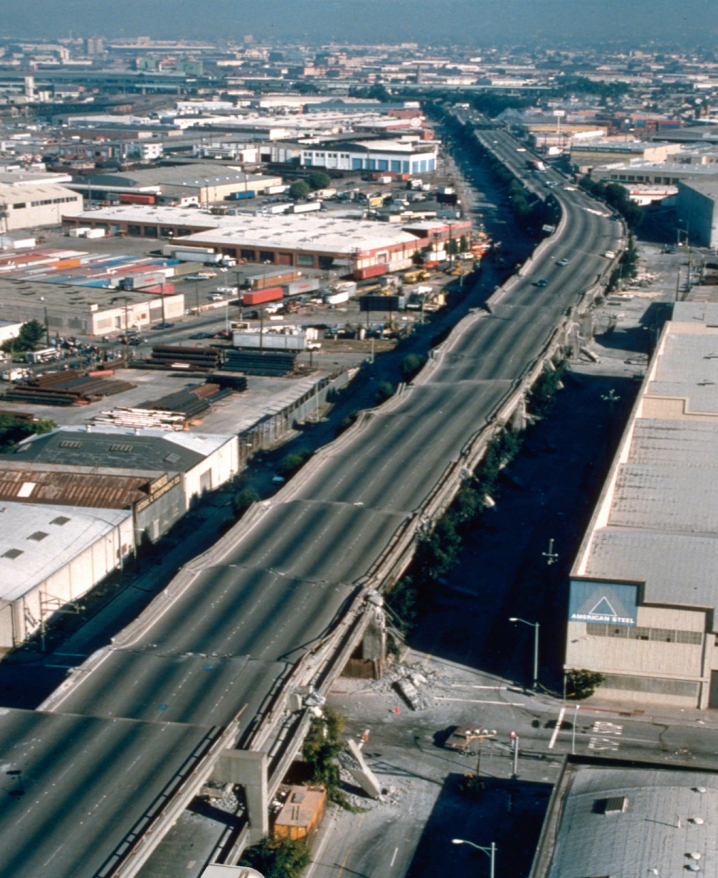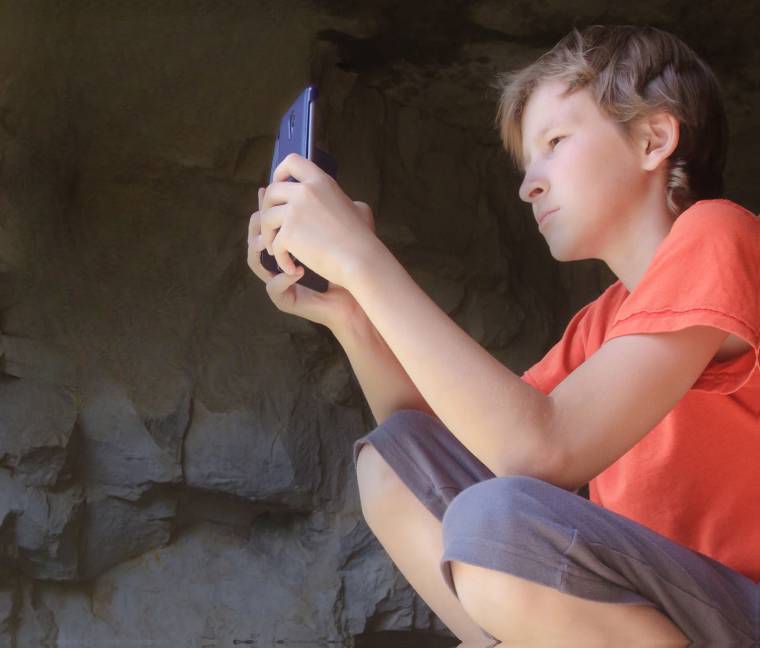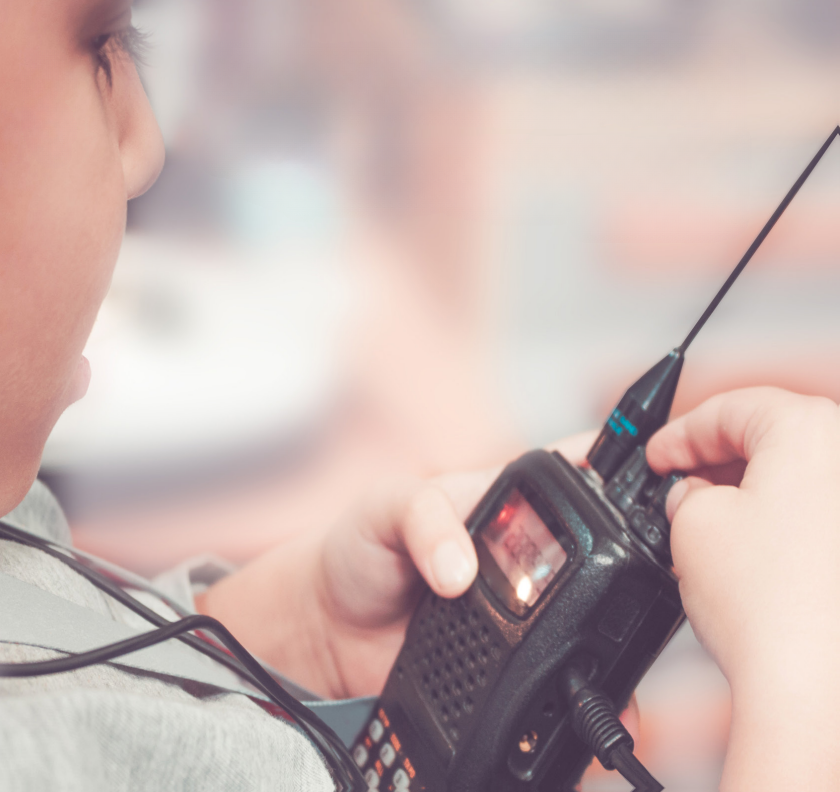When we think of preparedness, the basics come to mind first: food, water, and shelter. But technology also plays a huge role in our everyday lives. So, before a disaster actually happens, ask yourself how you will cope if the means you rely on for tasks such as navigation, shopping, or keeping in touch with others, cease to be available. Here, I’m going to focus on communications for your family.
The Loma Preita Earthquake
 I was born and raised in California, and always knew I needed to be ready for the “Big One,” yet I failed to prepare for the inevitable. On October 17, 1989, I was in Arizona when the Loma Prieta earthquake hit the San Francisco Bay area. According to the National Institute of Standards and Technology (NIST), the event lasted 10 to 15 seconds and measured 6.9 on the Richter Scale. Sixty-three people were killed, thousands were injured, and up to 12,000 were left homeless.
I was born and raised in California, and always knew I needed to be ready for the “Big One,” yet I failed to prepare for the inevitable. On October 17, 1989, I was in Arizona when the Loma Prieta earthquake hit the San Francisco Bay area. According to the National Institute of Standards and Technology (NIST), the event lasted 10 to 15 seconds and measured 6.9 on the Richter Scale. Sixty-three people were killed, thousands were injured, and up to 12,000 were left homeless.
Many homes and roads were destroyed. When news of the earthquake reached me, I immediately tried to contact my family, who lived in the South Bay area. My emotions were all over the place when I first heard the news. Because this took place in 1989, I had no cell phone, something that seems incomprehensible today. All land circuits were busy, and I was not able to reach them by telephone until the next day.
In the East Bay area, a section of Interstate 80 experienced significant damage; the upper level collapsed onto the lower level, killing and injuring commuters. It was a stretch of highway my family rarely traveled, yet in the emotionally charged confusion, I was convinced they had perished and were among the many trapped inside the carnage.
My Situation
I will never forget how powerless I felt, how hopeless I was as there was no way I could get to them or help them any time soon. I sat at the kitchen table in the rental house where we were staying and dialed their number over and over again. My friends would tell me to stop, and I would – for a few minutes, then there I was, back at it again.
In my mind, I could hear my voice, “THIS will be the call that goes through! I know it! My mom or dad will answer, and I can take comfort in knowing all is well.” It didn’t happen, and I finally went to bed, but not to sleep. I laid there in the darkness, imagining the worst.
Finally, the next day I was able to reach them, and they were uninjured, which was my main concern. Miraculously, there was no significant damage to their home.
The drive from Havasu City to the Bay area was a long one, and I was traveling alone. I’ll never forget the relief I felt when I arrived home, after a drive that felt like it took weeks instead of days.
Takeaway
FAST FORWARD TO 2020, AND I AM A MOTHER. While my boys are grown now, motherhood instilled in me the desire to act upon my decision to become prepared for emergencies, not just have it on my list of things to do. The Loma Prieta quake made me realize I had to consider an event or series of events that could render primary means of communication unavailable. I can’t imagine the horror I would feel if such an incident happened and I could not reach my children. Let’s face it, as much as we love our parents and other family members, there is an innate, primal instinct we moms have to protect our children.
Our children spend a significant amount of time away from us during the day, as they are in school, parents are at work, and the ability to communicate with them may be impaired, as it was for my family and me in 1989. Many of us have children who are away in college, but even though they are technically adults, this does not relieve us of the worry we would face in a crisis situation.

BELOW ARE SOME EXAMPLES OF MEANS OF COMMUNICATION THAT MAY HELP US MOMS KEEP IN TOUCH WITH OUR LOVED ONES, SO YOU WON’T HAVE TO HAVE AN EXPERIENCE LIKE MINE.
Communication Options
Cell Phones
Today we all have cell phones, but we must remember they may be as useless as the landlines were for me in 1989 if the network is overwhelmed with families frantically trying to reach their loved ones. At best, there may be SOME coverage, but the ability to connect with others will depend on the cell towers, and who owns them. Expect providers to cut out competitors from using their towers when capabilities are overtaxed.
Text
Sometimes, the SMS (short message service) feature will work when a regular call fails, even if there is poor signal coverage where you are at the time. Disasters caused by weather are common in the United States, so accessing NOAA for emergency weather alerts is another way to keep informed as the situation develops.
Emergency Radios
Emergency radios are inexpensive and have a few powering options, such as batteries, solar, and hand cranks. The FCC establishes standards for the Emergency Alert System, a national public warning system used to deliver emergency information via radio and television broadcasters (if available), and enables the President to address the public in the event of a national emergency. FEMA is responsible for activating the national-level activation.
Your car radio also receives broadcast coverage during an emergency, so while you may not be able to actually contact your family, you will be updated with information as it is available.

Educating Your Children
If your daily life consists of you and your family being reasonably close, consider educating your children about the SMS features on their phones. If your children are too young for their own phones, make sure you review any emergency plans currently in place with their schools by talking to school administrators and teachers. You can even offer to help create a plan for establishing communication and delivering information to you until you can reach them.
Final Thought
There are alternative means of staying in communication with your loved ones, such as TWO-WAY, CITIZENS BAND, OR AMATEUR RADIO (also known as HAM radio), but their particulars are beyond the scope of my story. The thing to remember is that we really don’t know how much we need technology until it becomes unavailable. In a long-term disaster, our modern-day lifeline, the Internet of Things, will cease to magically connect us to each other instantaneously.
WILL YOU BE READY?
This article was written by Suzanne Sherman and originally published in Survival Dispatch Insider Magazine Volume 4 Issue 2.
=====
Become a Survival Dispatch Insider …
We bring together survival enthusiasts and preppers to share skills and knowledge, so you can enhance your preparedness for emergencies and ensure the safety of you and your community.
The Results You’ll Get …
Our community, courses, and memberships are pretty special. We focus on the ways it will make a huge difference in your life.
Here are a few of the things you’ll be able to do as a member of Survival Dispatch Insider …
1) Improve your emergency preparedness by learning survival skills and strategies from experienced preppers.
2) Build lasting connections with like-minded individuals that share your passion for safety and readiness.
3) Access a wealth of knowledge and resources to assist in protecting you and your community during unexpected situations.
Click HERE to get started.
=====
